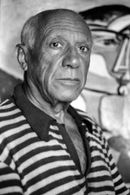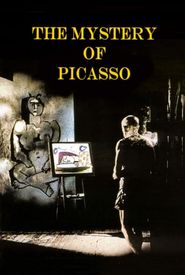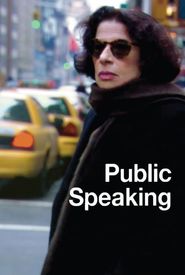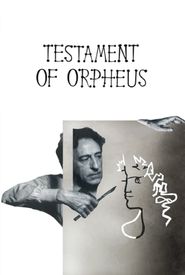Pablo Picasso, a renowned figure in 20th-century art, co-created styles such as Cubism and Surrealism, and was an innovative, influential, and prolific artist.
Born Pablo Ruiz Picasso on October 6, 1881, in Malaga, Spain, he was the first child of Jose Ruiz y Blasco and Maria Picasso y Lopez. His father, an artist and professor of art, taught Picasso the basics of art.
Picasso studied art at the Academy of Arts in Madrid and later in Paris, where he was influenced by the city's avant-garde art scene. He developed his unique style, experimenting with various techniques and mediums.
Throughout his career, Picasso constantly updated his style, moving from the Blue Period to the Rose Period, African-influenced Period, Cubism, Realism, and Surrealism. He was a pioneer in every art movement of the 20th century.
Picasso's personal life was marked by numerous relationships and marriages. He wed Olga Khokhlova, a classical ballerina, in 1918, and they had a son, Paulo. However, their marriage was tumultuous, and they eventually separated.
Picasso's most famous works include "Guernica," a powerful anti-war painting, and "Garçon à la pipe," which sold for $104 million in 2004. He was a prolific artist, producing over 13,000 paintings, 100,000 prints, and 300 sculptures.
Throughout his life, Picasso was a pacifist and an advocate for peace. He used his art to express his views on politics and society, often incorporating his personal symbols, such as the harlequin and minotaur, into his work.
Picasso's legacy is vast, with his influence extending beyond the art world to culture and society. He died on April 8, 1973, in Mouglins, France, surrounded by his friends and family.



























